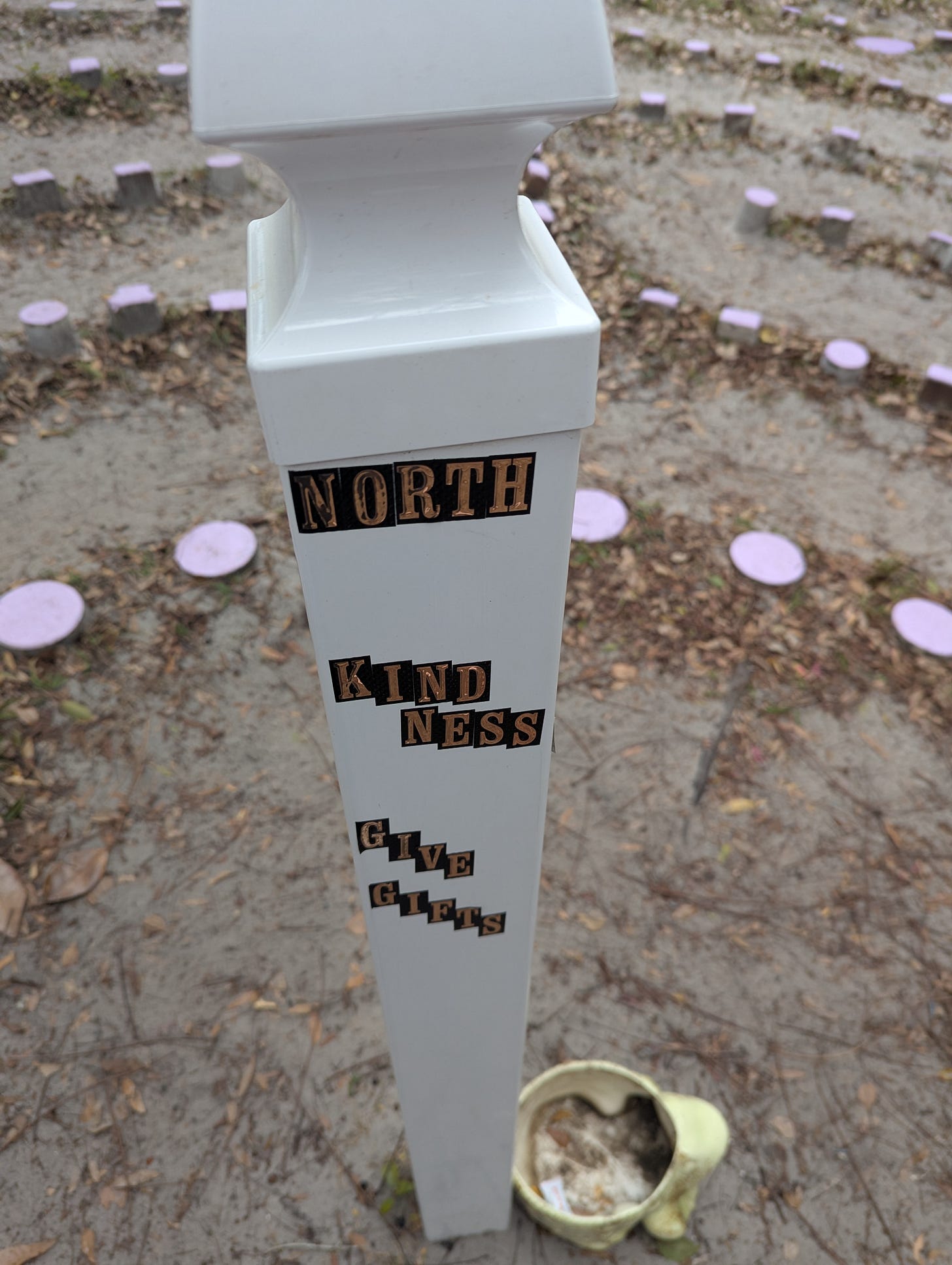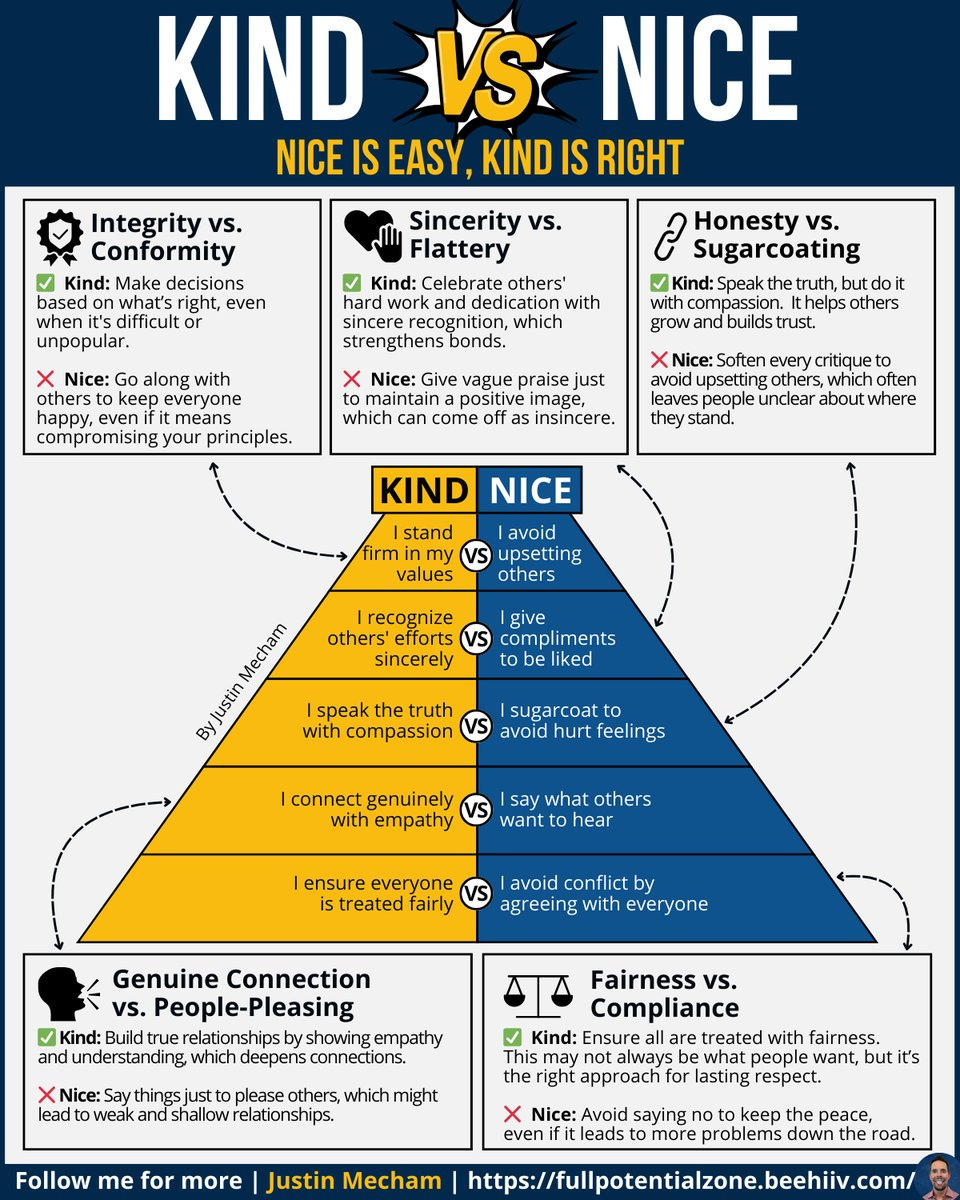Similar to Samia in her post Role Reversal below, I distinctly feel that Maisa is as much a teacher to me as I ever was to her.
One such lesson became readily apparent when she taught me the difference between being nice and being kind. Nice is often packaged, wrapped in inane catchphrases, and meant to follow the social norms that are expected and spoon fed from our earliest times. It is often the social construct of pretending. Pretending to care, and at times pretending not to care. Being nice can stop nascent truths. Telling truth to power structures is considered rude, frustrating behavior. And telling truths can come at a high price, social slashing, public reprimands, ostracization and condescension. That is an important difference between kindness and being nice.
Fighting for kindness is going to look distinctly not nice at times. It is going to come with a strong sense of justice and often at a high price for the truth teller. Is it nice to punish those that are trying to tell the truth or at least a truth? Life was never all rainbows and unicorns for me and it is clear that it never be all rainbows and unicorns for anyone near the epicenter of losing Maisa. Her life, her charm, soul and presence will always be felt and always be missed by us, her siblings and friends. This loss resonates forward in time, cheating all who would have known her, all those that are worse off for never meeting Maisa on this timeline. I suppose I could pretend to not be angry. I reckon I could pretend not to see all the institutions that are failing us and our kids, in order to be nice. But I guess this is me saying a truth. I don’t think I can pretend. I can both want to reach a higher road of love and light, and also feel compelled to seek truth, purpose and to right wrongs. Maisa, my most cherished lefty, loved the saying that two wrongs don’t make a right, but three lefts do. I hope that when I meet these “wrongs,” I will advocate for the first left turn, because pretending they don’t exist is as terrible as pretending that Maisa didn’t and doesn’t exist.
Institutional Immune Systems
Before I get into it, I find that I might need to highlight a pattern that needs to be recognized. Criticizing an institution isn’t the same as criticizing all the constituent parts of the institution. Our institutions aren’t monolithic, but often have many parts that are even often in conflict with each other. Similarly our human bodies, we are made up of different cells, bacteria, that all are doing their own jobs, and yet, also make up the whole. Mirroring our body’s immune system, institutions have their own immune system that can react (and at times overreact) to anything perceived to be a threat. It takes a lot of coordination and purpose to overcome this institutional immune response. This difficulty is ever present, and can resist even when most all of the constituents agree that 1) there is a problem and 2) that a change is required. The institutional immune system protects the status quo by digging in faster than a clam at the beach.
As an example, criticizing school policies is not a full frontal attack on public schools or teachers. It is possible that the current educational paradigm works well for Jack, but is terrible for Jill. The criticism doesn’t make Jill or Jack necessarily wrong, but only implies that they have different needs and perspectives. I believe that many have the perspective that the current system is not working particularly well. And yet it is difficult to hold up an institution to introspection. Often we are simply arguing over which is the cause and which is the effect of a problem. Challengers to the institutional status quo are often treated as heretics, and it often takes heretics to change the status quo. The kind thing is to recognize the problem and seek change, even if the change doesn’t feel nice.
The Law of Unintended Consequences
So many things in our environment don’t make sense to me. How can teachers have to beg to get hand sanitizer for their classrooms and yet we close everything during the pandemic? Why is it so difficult to get schools to follow the law to properly assess and accommodate children for disabilities, anxiety, or severe emotional disturbances? Why do so many kids with challenges and support needs get pushed out to homeschool or forcefully nudged to find private education rather than offered support? Sometimes when I ask why, I hear my father’s voice ringing out, “Follow the money, you won’t often be wrong.” Maisa, a Libra with her strong sense of justice, loved scales. Both scales of justice and reptiles1.
I have become increasingly frustrated with the dichotomy of schools simultaneously pushing for attendance compliance and similarly signaling concern over our kids mental and physical health. Aren’t these two mandates often in opposition? How might showering praise with perfect attendance awards, praise for the grind mindset and broadcasting explicit and implicit signals and threats regarding attendance compliance and repercussions be internalized? Ignore your pain, ignore your anxiety, ignore your illness. Show up or else. Or else, we might, in our sole discretion, fail your child and they will never be able to go to college. Your stomach pain and your virus isn’t real, and don’t even try using “anxiety” as an excuse. Only doctor sanctioned illness is real and only if you remember to get a note. And please donate hand sanitizer and get your vaccines because there is a lot of RSV/flu/covid/pertussis and something we can only call the COUGH going around. But your attendance is mandatory unless you have the executive functioning and the proper health insurance to get the proper NOTE.
The email from Boise High set me off. When I asked for a sherpa to help carry me and illuminate my path, this is not what I intended.
Our kids get constantly told to not use AI, get told to ignore the transformational technology that will clearly be part of almost any future job description. They get chastised for showing curiosity in what is becoming the world’s greatest teacher. They get chastised to only have the school subscribe to a service that will use AI to automatically harass parents. Why? Oh yeah, follow the money. I can use AI to help me chase the dollars and unravel the incentives structure. I mean, why wouldn’t I use it?
According to Perplexity, in Idaho, school funding is premised on a formula. It appears really complicated, but is basically premised on making sure that kids’ butts are in seats. It is tied to an average daily attendance model which was reinstated for the 2023-2024 school year after temporarily using enrollment-based funding during the COVID-19 pandemic. Under this system:
1. Funding Calculation: Average daily attendance “ADA” is calculated by combining attendance data from the beginning of the school year through the first Friday in November and the best 28 weeks of attendance throughout the year. This determines how much funding each district receives from the state[1][4]. [Jimmy speak - Leave it to the geniuses to call the acronym for attendance ADA, that also ignores the perfect attendance challenges that children with disabilities might have and should be covered and accommodated under American’s with Disabilities Act “ADA”. Clearly the money is talking, and it is saying that attendance is more important than disability.]
2. Impact on Districts: Funding is directly proportional to student attendance. For example, if a student attends 95% of the time, they count as 0.95 in the funding formula. Lower attendance results in reduced funding, leading to potential staff reductions and larger class sizes[1][2]. [Jimmy speak - If you ever stopped to wonder why it seems schools are much more concerned and focused on the fact that you took the fam to Mexico than they are about the time that you notified them that your child is suffering from anxiety, you now have an answer. One threatens how they bills get paid and the other is actually inconvenient.]
3. Financial Consequences: The return to attendance-based funding has caused significant financial challenges for schools, with statewide funding reduced by approximately $162 million compared to enrollment-based funding. This includes major cuts to teacher salaries, benefits, and discretionary spending[2]. [Jimmy speak - School District Administrators you better use whatever means necessary to get the kids to class, or else you might be facing a layoff and not having hand sanitizer during the pandemic will be least of your worries.]
4. Challenges: School leaders have expressed concerns about the unpredictability of attendance-based funding, especially as post-pandemic factors (e.g., increased absences for illness or mental health) continue to affect attendance rates[2][3]. [Jimmy speak - Admission that this sucks for schools, especially when the schools are really struggling to force the kids to school because the schools are causing so much anxiety in our kids.]
We need to change. Honestly, everyone knows that this needs to change. There is even discussion about changing the formula, that said House Bill 0718 didn’t appear to get anywhere last year[5]. We need to accept that what we are doing is not working and is hurting kids. We need to recognize the perverse moral hazard in these incentives. I will in future posts address how these financial incentives and other financial disincentives play into ignoring mental health, fail to fulfill duties to assess and accommodate those with disabilities and needs. School distress and refusal is often a child “can’t” go to school problem, not that they “won’t” go to school. I will write how they are explicitly encouraged to ignore their distress, their own “ADA” (Americans with Disabilities rights) and their own mental well being to rack up “ADA” attendance points for their school district. I am not attacking the intention of the teachers and administrators, but first and foremost the incentive structure that they are all operating under. It is time for us to be more KIND and less NICE. For the sake of those that can’t/won’t advocate for themselves.
Citations:
[1] Lindsay Gill, State of Idaho Reinstates Attendance-Based Funding for Schools, The Riverhawk Review, https://theriverhawk.org/1866/news/state-of-idaho-reinstates-attendance-based-funding-for-schools/ (last visited Feb 9, 2025).
[2] K-12 schools could see $162 million in cuts from attendance-based formula, Idaho Education News (2024), https://www.idahoednews.org/top-news/k-12-schools-could-see-162-million-in-cuts-from-attendance-based-formula/ (last visited Feb 9, 2025).
[3]Does less spending also mean low test scores? A look into Idaho Public Education funding, (2024),
[4] Idaho State Board of Education, Public Schools Funding Formula FY20, Idaho State Board of Education (2019), https://boardofed.idaho.gov/resources/public-schools-funding-formula-fy20/ (last visited Feb 9, 2025).
[5] H0718.pdf, https://legislature.idaho.gov/wp-content/uploads/sessioninfo/2024/legislation/H0718.pdf (last visited Feb 9, 2025).
There is probably an analogy or lawyer joke to be made here. But I don’t know what it is. Maybe I will ask Sherpa.







